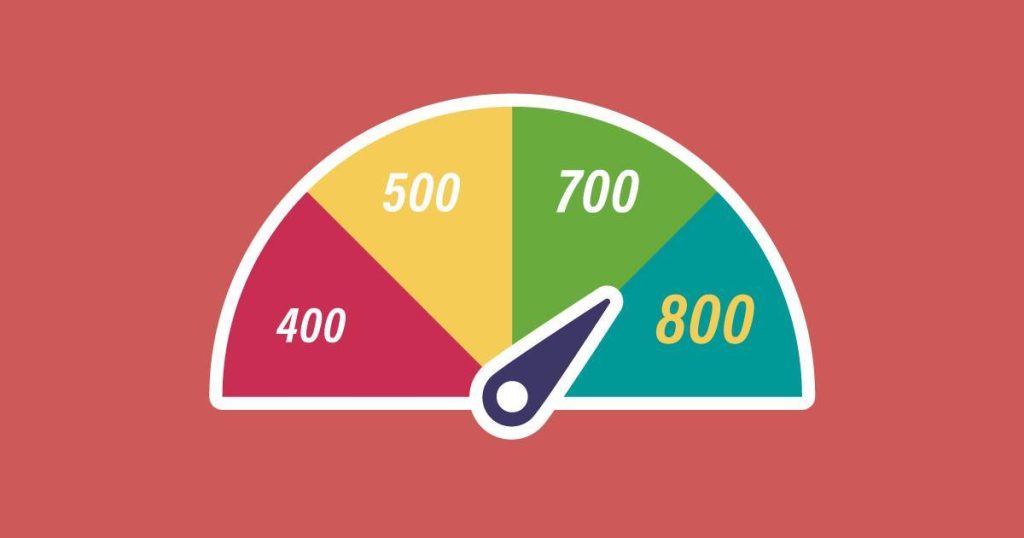By Amy Miller, AFC®

As we know, most Americans are interested in and concerned with their credit reports and scores. Last week we talked about The Big Three credit reporting agencies – Equifax, Experian, and Transunion and how to request or pull your credit report from each. So, now that we have it, let’s talk about reading and understanding it.
Credit reports include lots of information but the first thing most want to know when looking at their report is – What is my score?
Scores are calculated based on the information in your credit report. This number is looked at as an indication of the likelihood that the debt will be repaid. There are three main types of credit scores: FICO, VantageScores, and insurance scores. Many of the scores you see online (for free) or from your creditors are not normally the same score that a lender will see when pulling your credit after you have applied for a loan or credit card and since it also determines your interest rate, it’s important to know the difference and how each is calculated.
FICO
The term FICO comes from the Fair Isaac Corporation, whose founders started playing with the idea of credit scores back in the 1950s. Lenders started using this scoring model after the passing of the Fair Credit Reporting Act in 1970. The term “FICO” for credit scores has been in use since the late 80s and is now used by nearly 90% of all lenders in the US and is the basis for most of their lending decisions.
FICO Scores range from 300-800 on the following scale:
300-580: Poor (very high risk)
580-669: Fair (moderate risk)
670-739: Good (average risk)
740-799: Very Good (low risk)
800-850: Exceptional (very little to no risk)
Credit bureaus calculate your FICO based upon the following information on your report:
Payment History: 35%
Utilization: 30%
Length/Age of Credit: 15%
Credit Mix: 10%
New Credit: 10%
VantageScore
VantageScores were created in the early 2000s by The Big Three but have not been widely adopted by lenders. However, they are the most commonly used by online (free) monitoring services.
VantageScores ranges are as follows:
300-600: Poor
601-660: Fair
661-780: Good
780-850: Excellent
They are calculated by the following metrics:
Payment History: 40%
Utilization: 20%
Length/Age of Credit: 21%
Outstanding Balances: 11%
Recent Activity/Patterns: 5%
Available credit: 3%
Insurance Scores
Most states allow insurance companies to pull credit to determine your premiums for health, life, and auto insurance. They use this information to predict the likelihood of you filing a future claim. Insurance scores range from 200-997 with anything lower than a 500 being considered poor or high risk and are calculated using some of the same metrics as your FICO and VantageScores.
What else is there to know in a credit report?
Many individuals are surprised at the amount of information that is included in a credit report. This detailed report of your credit history is the basis on which your financial status is judged so it is important to review everything that is included. Each bureau will break down the following information in your report:
Personal Information
Name (and any aliases), date of birth, social security number, current and previous addresses, email addresses, phone numbers, and sometimes past and present employers. Check this area for typos, incorrect spellings, wrong addresses, etc. These could be indicators of identity theft, mistakes, or someone else’s information being reported on your file.
Public Records
Bankruptcies, liens, judgments, foreclosures, and repossessions. These can stay on your report for 7 years except for Chapter 7 Bankruptcy which can stay for 10 years. If you have any of these on your report, check for accuracy and dispute any incorrect information.
Credit History
This is the largest portion of your report and includes the current and closed account for the past 10 years, names of those creditors, available credit, current balances, account status, account opening, and/or closing dates. Carefully scrutinize this section of your report. Ensure that the account names and numbers are correct, and the balances, available credit, and the current account status are all correct. Ensure every account reported is yours and report any errors found.
Credit Inquiries
Inquiries are records of who has accessed your credit report and when. Soft pulls happen when you pull your own credit, when your existing creditors check it or when creditors are planning to send out pre-approval offers and do not affect your score. Hard pulls occur when lenders pull the full report after applying for a loan or line of credit. Collection agencies can also do a hard pull of your report when they are attempting to reach you to collect on past debts. Hard pulls will drop your score a few points.
I am hoping this information helps you in reviewing your report and that you use it to take the next step in becoming financially fit this year. Many individuals fear this process – it can be overwhelming but knowing how to read your report and having an accurate understanding of what it includes is imperative when making financial decisions.